BEAUTY GLOSSARY
Glossary 101: Formula Development
Crash Course at the Lab.
Can’t find what you are looking for? Drop us an ‘Inquiry’ and we will reach out shortly!
InquiryBEAUTY GLOSSARY
Glossary 101: Formula Development
Crash Course at the Lab.

Chapter 2: Formula Development
Into our next chapter- Formula Development. Now here is where it gets a lot more technical. So, buckle up. |
_20230714174739.jpg)
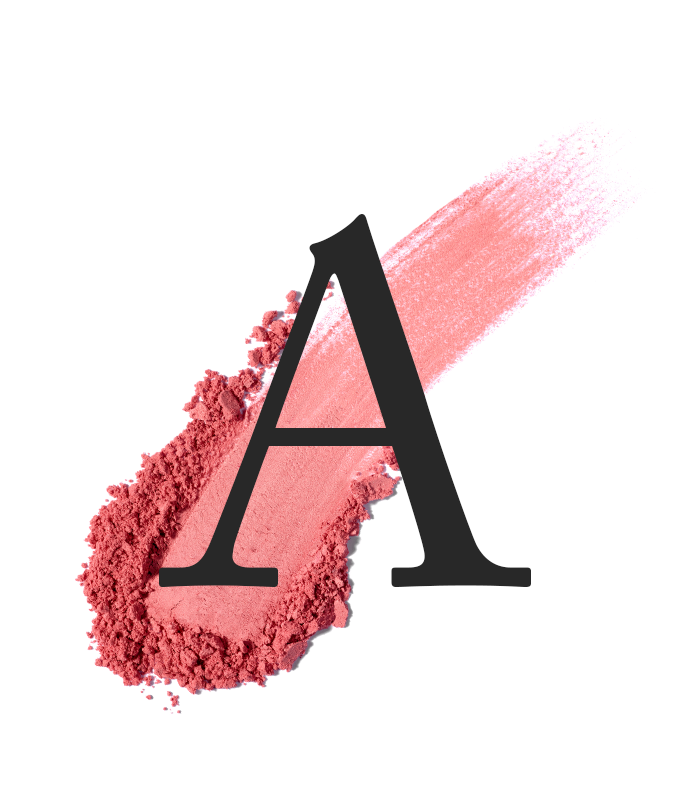
Actives Active ingredients are ingredients intentionally added to the formulation to address or treat a specific problem by providing a certain set of benefits. Some of the most common actives include Ceramides (hydrating properties) and Niacinamide (brightening properties). |
Actives added at efficacy level are added to a cosmetic product for their proven benefits to the skin. They are added in higher concentrations and are formulated to penetrate the skin and provide specific benefits, such as anti-aging, moisturizing, or acne-fighting properties. They are supported by scientific research and are typically listed as active ingredients on the product label. |
Actives added at marketing level are typically added to a cosmetic product to enhance its visual and marketing appeal. These actives are added in lower concentrations and are not necessarily intended to provide any significant benefits to the skin. They are added to make the product more attractive to consumers and may be used to differentiate the product from competitors. |
Tests & More Tests All beauty products manufactured are subjected to rigorous testing before, during and after production. We live by our motto of it is always better to be safe than to be sorry. While there are a lot of grey areas in this industry, lab testing is not one of them. Testing is strict in this industry and for all the right reasons, and with this we welcome you to the world of cosmetics testing. |
General Tests
Stability Testing (ST) is an essential part of the cosmetics industry to ensure that the products remain safe, effective, and stable throughout their shelf life. ST involves exposing the product to various environmental conditions, including temperature, humidity, and light, to evaluate its shelf life and ensure that the product does not undergo any significant physical, chemical, or microbial changes during storage. ST is typically conducted on finished cosmetic products and it is important to test each product under different conditions and storage temperatures as the results of ST are used to establish product’s expiration date, storage conditions and shelf life. Testing requirements and durations may vary slightly across countries and brands but generally conducted over a span of 3 – 6 months. |
Compatibility testing is another important aspect of product testing in the cosmetics industry. It involves evaluating the compatibility of the final formulation with final packaging to ensure that they do not react negatively when combined, and that the product remains stable over time. The purpose of compatibility testing is to identify any potential interactions of formulation with final packaging that could result in a product's instability, discoloration, or loss of efficacy. The results of compatibility testing can also be used to determine the best packaging and storage conditions for the product to maintain its stability over time. Testing requirements and durations may vary slightly across countries and brands but generally conducted over a span of 1-3 months. |
Preservation Tests
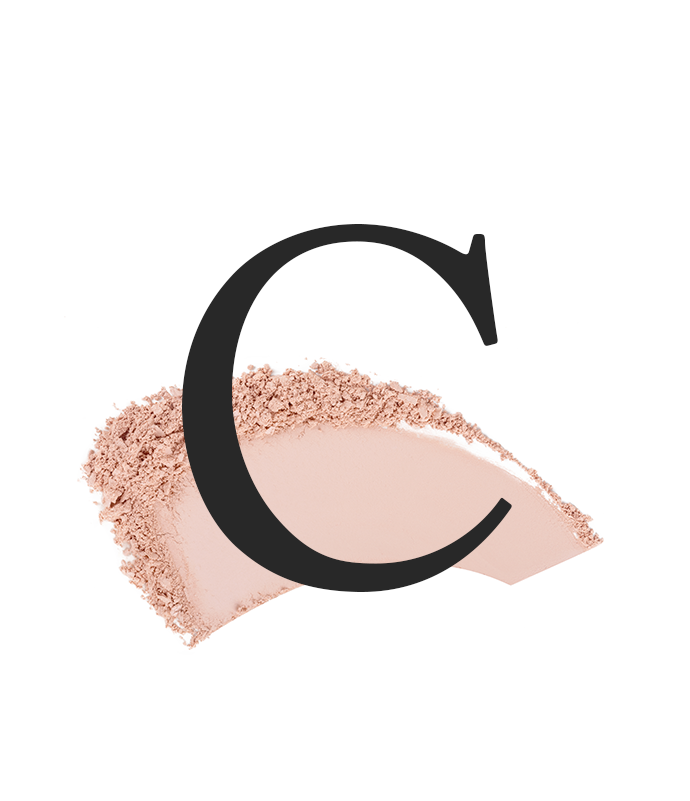
Cell Counting Cell counting test refers to a laboratory technique used to determine the number of germ present in a sample. It can be used to assess the health and stability of formulation as well as to track changes in germs populations over time. The results of a cell counting test can be used to determine whether a cosmetic product or ingredient is likely to cause damage or irritation to skin cells. If a product is found to be cytotoxic or irritating, it may need to be reformulated or withdrawn from the market. Testing fees are usually included in product development. |
Challenge Test In cosmetics, a challenge test is a type of microbiological test that is conducted to assess the efficacy of a preservative system in a cosmetic product. The purpose of a challenge test is to determine whether a cosmetic product can resist microbial contamination during use, storage, and distribution. During a challenge test, a cosmetic product is inoculated with a mixture of different microorganisms, such as bacteria and fungi, which are known to cause spoilage and deterioration of cosmetic products. The product is then incubated under controlled conditions, and samples are taken at different time points to assess the growth of microorganisms. The results of the challenge test can be used to determine whether the preservative system in the cosmetic product is effective in preventing microbial growth and ensuring the product remains safe for use. If the product fails the challenge test, it may need to be reformulated with a more effective preservative system or withdrawn from the market. Challenge tests are an important part of the safety and quality assurance process for cosmetic products, as they help to ensure that products remain safe and effective throughout their shelf life. Testing fees are not inclusive and will incur extra costs due to the complexity of introducing microbes to the formulation. at regular intervals as well as over a span of 28 days. | ||
Safety & Efficacy Tests
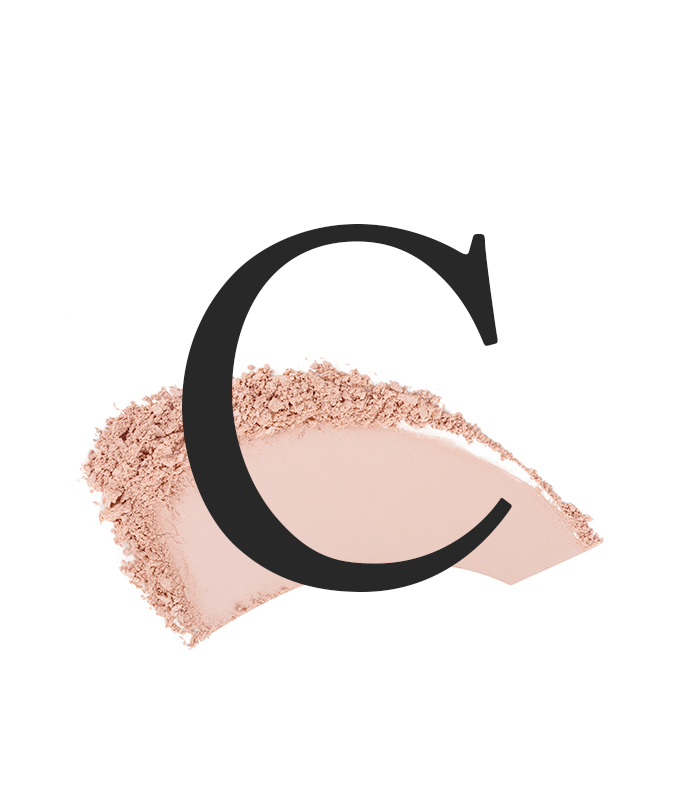
Clinical Trial
|
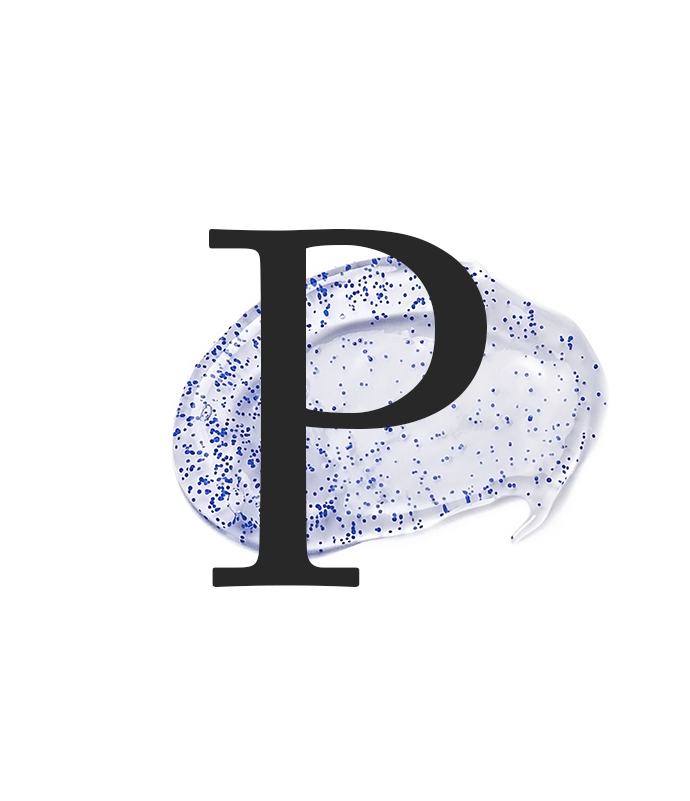
Patch Test A patch test, on the other hand, is a diagnostic test that is used to identify allergic reactions to specific substances. A small amount of the substance is applied to the skin, typically on the back, and left in place for a period. The skin is then observed for any signs of redness, swelling, or itching, which would indicate an allergic reaction. While they are both in-vivo tests, they serve very different purposes. Clinical trials are used to evaluate the safety and efficacy of medical treatments or interventions, while patch tests are used to identify specific allergens that may cause skin reactions. |
With this, we wrap up our chapter on formula development. We will be moving into packaging development lingo in our next chapter. We will see you in the next chapter where we touch on Packaging Development |
BEAUTY GLOSSARY
14
JUL
23

BEHIND CTKCLIP
21 MAR 2025
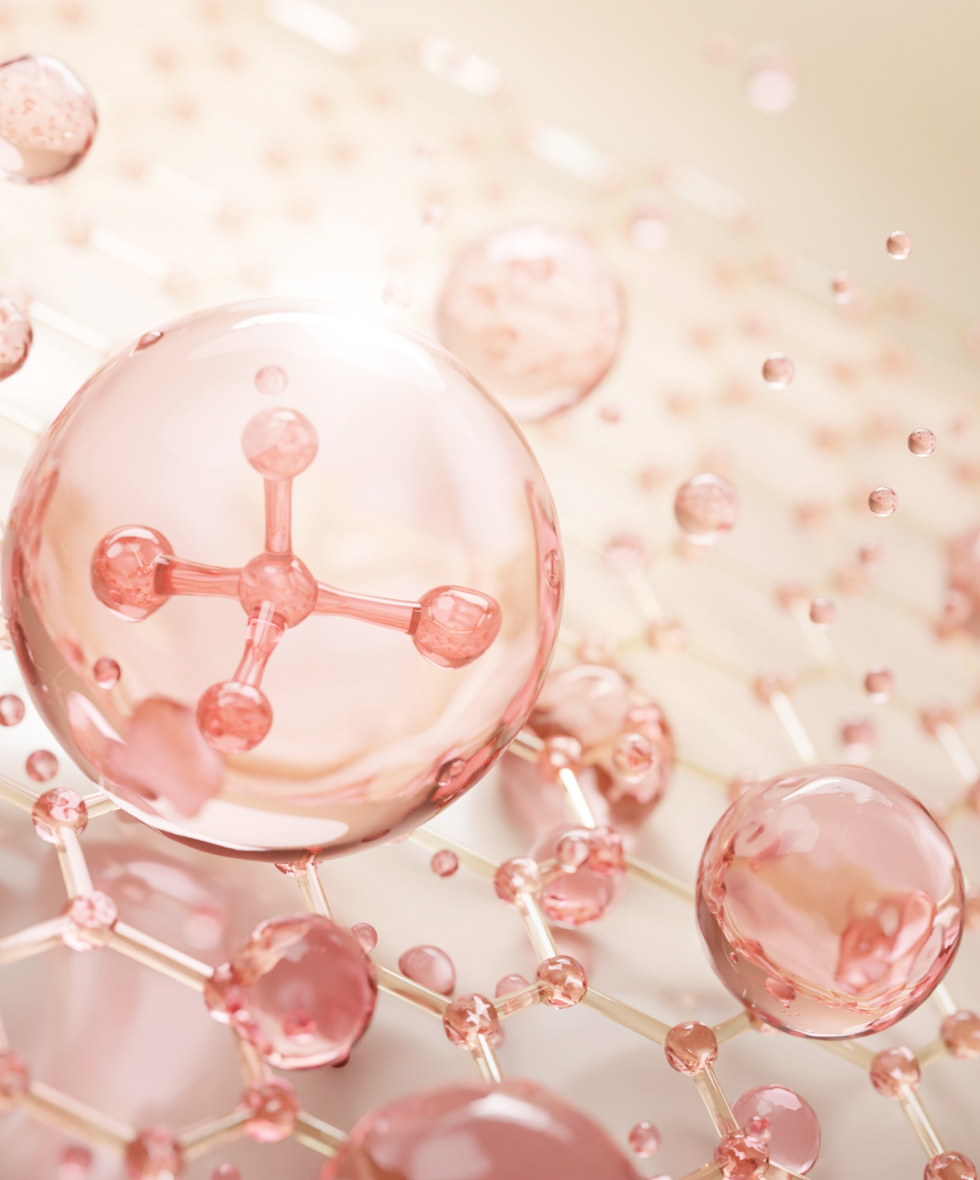
BEAUTY GLOSSARY
07 MAR 2025
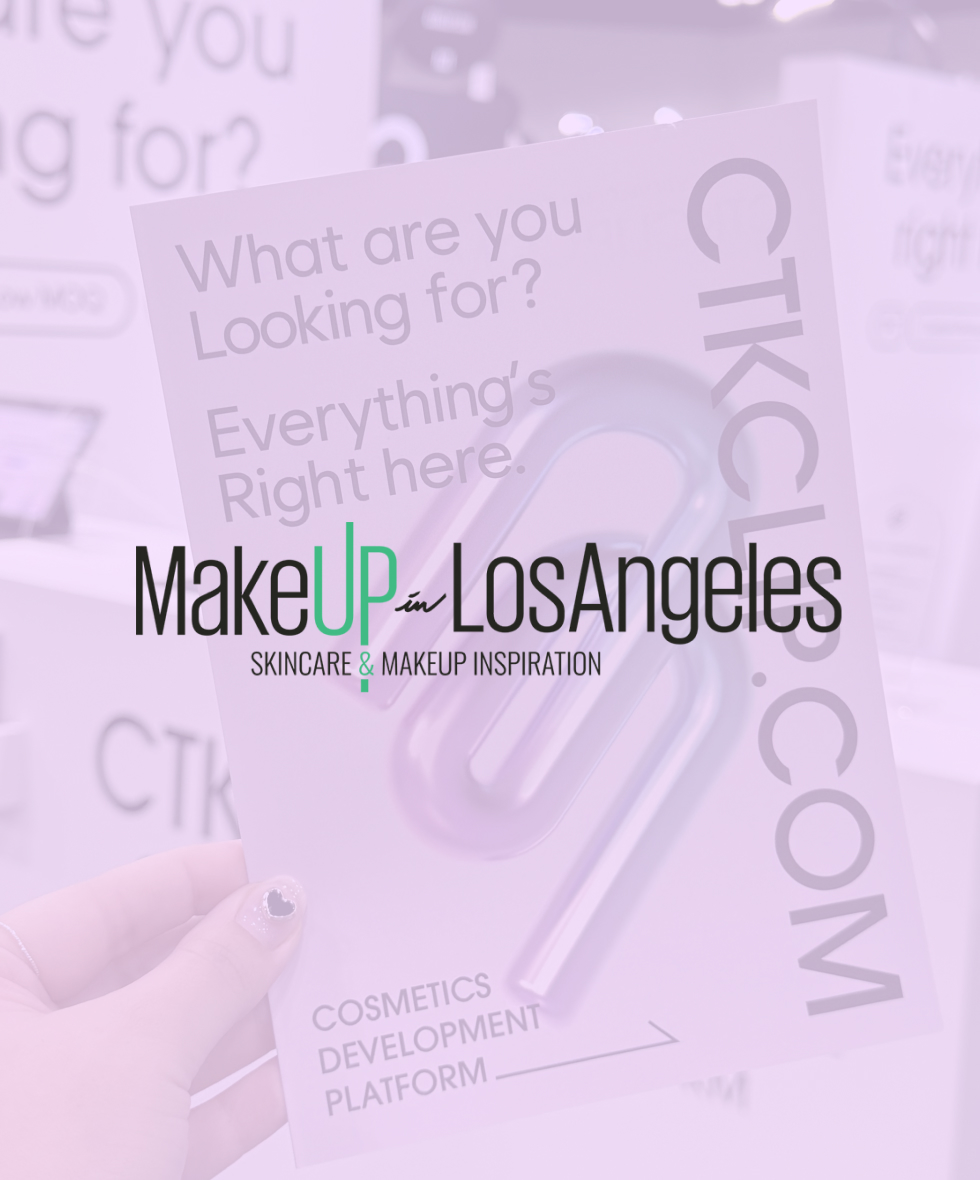
BEHIND CTKCLIP
19 FEB 2025
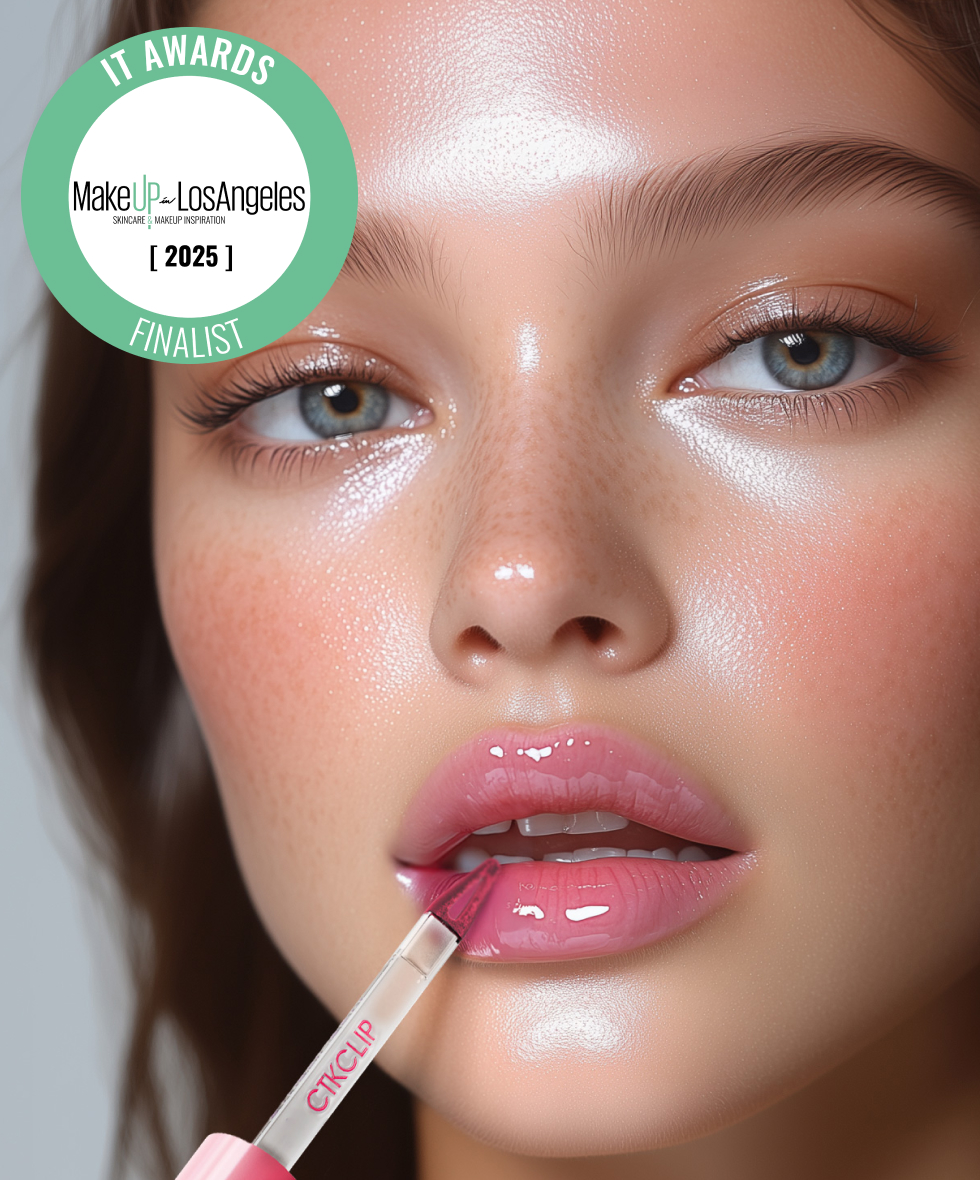
BEHIND CTKCLIP
05 FEB 2025
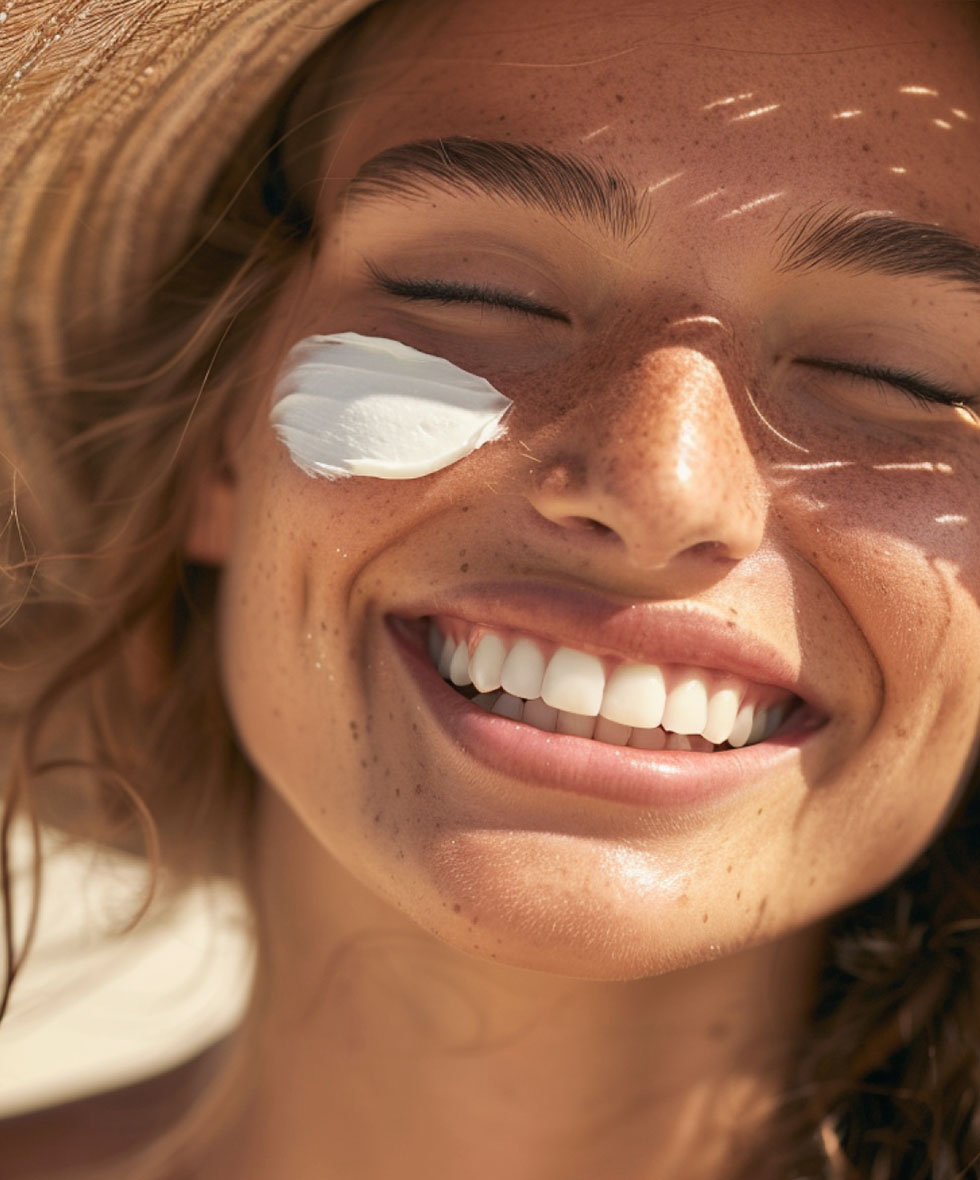
BEHIND CTKCLIP
17 JAN 2025
Target all stakeholders involved in the company's unethical behavior. However, matters related to slander that are not based on facts and personal privacy that are not related to work will not be included.
- Deceptive advertising, infringement of intellectual property rights, violation of personal information protection
- Corruption, such as workplace harassment, violation of gender equality, embezzlement of company assets, leakage of company intellectual property rights, or unfair use
- Illegal acceptance of money and valuables or unfair acts against partners, collusion with competitors, and fraudulent solicitation of stakeholders
- Manipulation of documents and coefficients, contrary to the interests of shareholders and the company
- Violations of environmental and human rights protection, and win-win violations with local communities
- Other violations of ethical management
The informant's personal information and the contents of the report are protected, and no information is disclosed or implied without the informant's consent.
- You can report the report anonymously.
- However, in the case of anonymous reports, if the content is not specific or the facts are unclear, the investigation may not proceed.
- Violations of informant protection, such as retaliation against informants or providing disadvantages, are strictly punished in accordance with in-house regulations such as employment rules.
- The reporting section is protected by a secure security system, and the reporting investigation is handled under security by a designated person
Collection information: Name and contact information
Purpose of collection: Processing complaints according to reports and replying to the results of processing
Retention period: It is held until the above purpose is achieved, and is not used for any purpose other than confirmation of information.